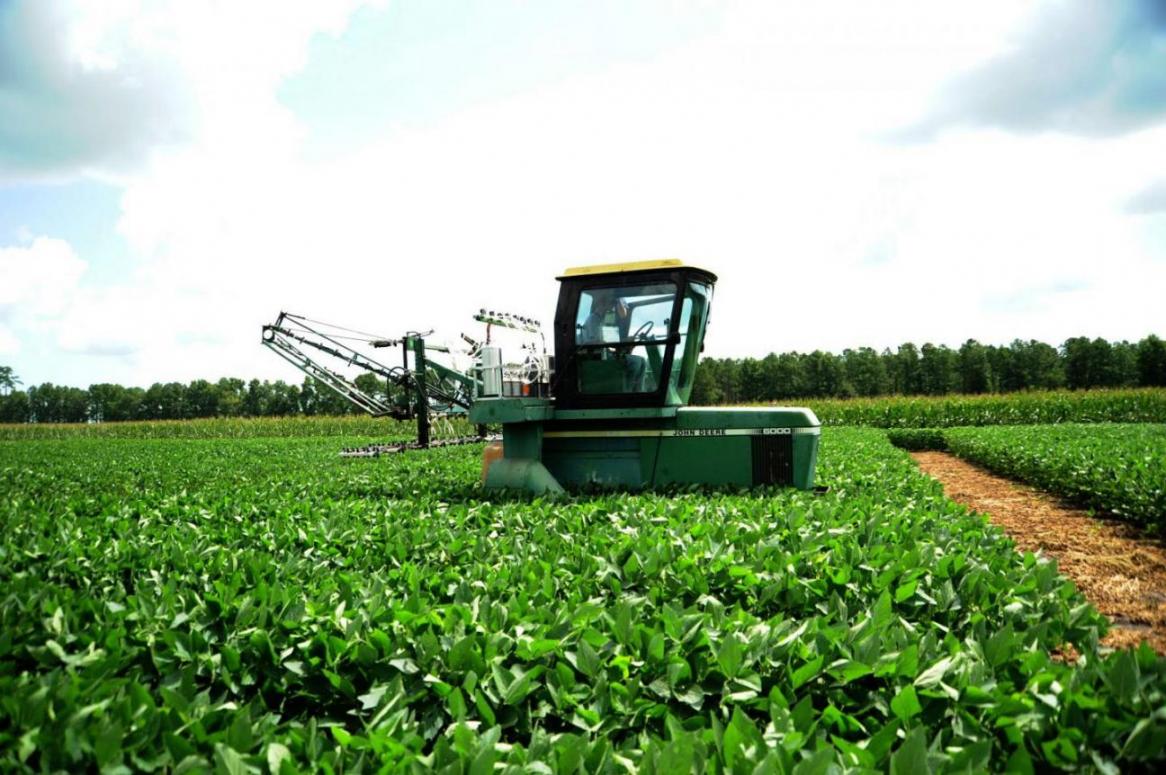There is an increasing tendency now to use natural and non-toxic ingredients to prevent or control crop pests after the UN Food and Agriculture Organization emphasized the need to bring 40% of domestic farm lands under non-chemical pest control methods by the end of 2050, said Ali Amiri Siahuee, director general of Non-Chemical and Biological Pesticides Department at the Plan Protection Organization of the Agricultural Jihad Ministry.
Nearly 1.2 million hectares of agricultural land should be brought under non-chemical pest control methods in the next five-year economic development plan (2016-2021) as per the FAO directive, he said.
The ministry’s priority is to develop non-chemical methods for crops that are often eaten raw like many kinds of vegetables. “Such crops constitute 2% of total farm products,” he added.
“At present, several natural techniques are used for pest control including utilizing natural enemies of pests called beneficial insects (like predators and parasitoids) and biological pesticides (like fungus and bacteria) as well as botanical or natural insecticides and pheromones. A combination of the methods is used in 680,000 hectares of farm lands,” he said, quoted by Iran Agricultural News Agency (IANA).
Given that there are 16 million hectares of agricultural land in the country, however, less than 4.5% has been covered by natural, non-toxic methods of farming.
“One reason for the slow pace of introducing natural methods is because the effect of chemical pesticides is faster.” However, pests develop resistance to chemicals; therefore, in the long term, natural methods are more effective.
Currently, six beneficial insects are being cultured in 28 provinces in more than 130 insectariums; they are released in rice, cotton, soybean, peas and sugar cane and corn farms.
Additionally, 11 biological pest control organisms are imported from the Netherlands, including busillus thuringiensis bacterium and beauveria bassiana fungus, he said.
Botanical Pesticides
He pointed to the production of botanical pesticides and said 15 new environmentally friendly insecticides are in their final stages of registration.
Referring to the new insects seen in the capital, he said, yellow sticky traps have been installed on mulberry trees across Tehran to cope with the problem of white flies. “They are not dangerous and therefore no poison spraying should be undertaken lest it harms the environment. Pheromones and sticky traps are other tools used for trapping aphids and white flies.”
Pesticides are necessary in some fields, in some years and in some areas. In many seasons, fields with a high diversity of crops do not need pesticides. Chemical pesticides are very dangerous to both the person who uses the pesticides and to those living near the fields where they are used.
Pesticides can kill aquatic animals, beneficial predators and parasites, and other creatures such as pollinators. There is no “safe use of chemical pesticides.” It is only possible to avoid their use and reduce exposure when used.


